I took my Meta Quest 3 on a 3,000-mile flight so you don’t have to – here's what I learned
On a recent flight from London to Miami, I tried using my Meta Quest 3 headset –and it was a slightly turbulent experience.

I've been testing VR headsets for years, but before a recent trip from London to Miami I’d never taken one with me on a flight – and until some key things change, I probably won't take one with me again, based on my experience.
Normally I adore my Meta Quest 3 – I think everyone should own one, or a Meta Quest 3S, given how superb these VR machines are for their price – and having seen stories of Meta's success in offering them as in-flight entertainment on Lufthansa airlines I believed I'd have an excellent time flying with one too.
However, my troubles began before we took off – in fact, they began before I’d even left home.
What would I download?
Checking Meta's app store I was surprised to find no ‘flight-approved’ category that would easily supply me with software recommendations. And searching for movie downloads was much more of a challenge than I expected.
While the Quest supports streaming platforms like Netflix, the browser-based (rather than app-based) reveals displays its faults clearly. In this form it's an online-only service as it's impossible to download content to watch later offline, as you can with the phone app.
Eventually I sourced a digital copy of Avengers: Endgame in 3D, but it wasn't a hassle-free process – far from it. I also found a mixed-reality chess game I thought might be fun, not realizing it was an online-only title until I was in the air.
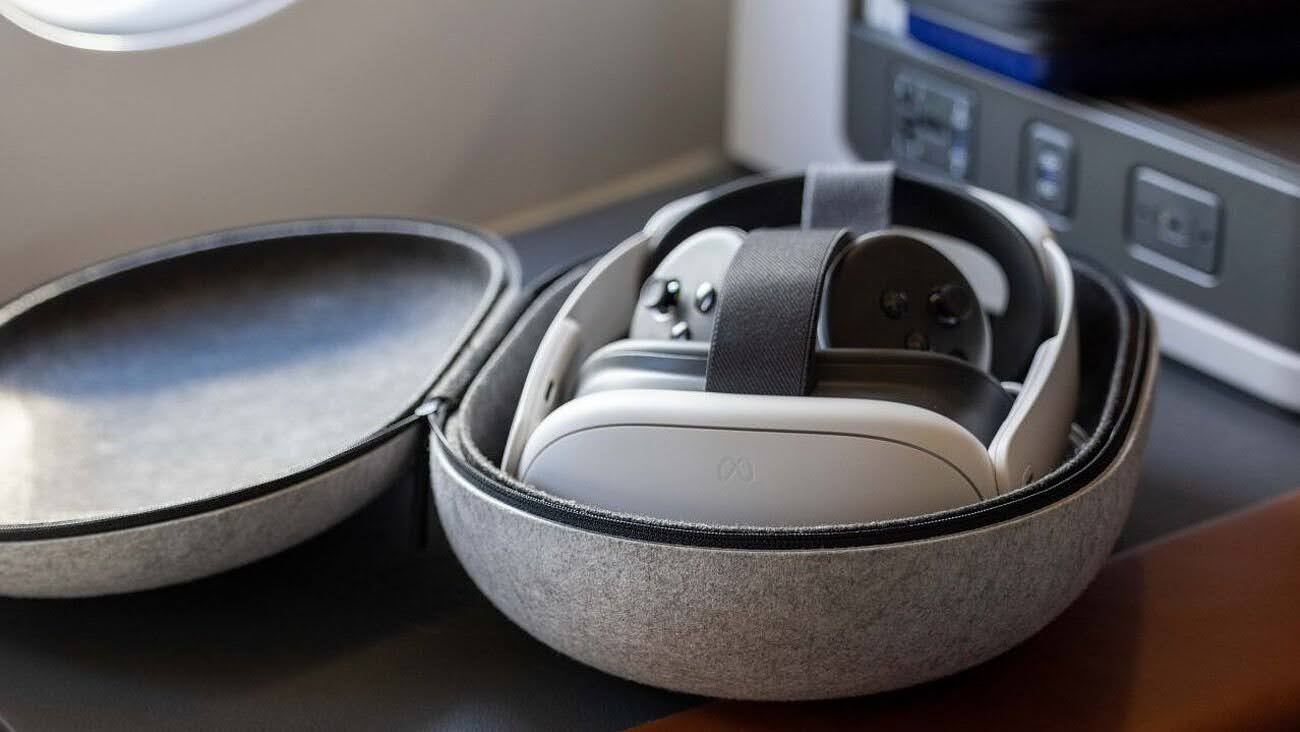
After my meal had been served and the seat belt sign had been switched off so I could fetch it from my stowed bag, I donned my Quest 3 and dove into the metaverse, armed with my limited entertainment selection.
Avengers: Endgame was superb. Not just the movie itself (I haven’t watched it since the midnight release showing years ago and I’d forgotten how great it was) but the overall experience.
I had installed Bigscreen – a free app which transports you to different cinema screen environments to watch movies in – but ended up just using the Meta TV app in mixed-reality mode.
I could dim my surroundings and enlarge the screen so it felt like I was in my own private movie theatre, but I wasn't shut off from my surroundings, so I could pay attention if a flight attendant walked past with food or drink.
It was leagues ahead of the dinky screen installed in my seat that I'd have had to rely on for entertainment otherwise.
Not being in VR helped during turbulence too. Because I could see the real world shaking thanks to the MR passthrough feed I didn't feel particularly nauseous during the ordeal, something I suspect wouldn’t be the case had I been in VR.
Now for my problems
Software selection woes aside, my next biggest concern was battery life. I was able to watch one hour of Endgame in mixed reality using just under 50% of my Quest 3's battery life.
With a charging cable and power bank I could extend this use time, but relying solely on the Quest 3 as inflight entertainment for a long voyage would clearly be a challenge.
You could mitigate this with an add-on like the one of the Kiwi Design battery straps I've reviewed, but then you’d run into the next problem: bag space.
Baggage space on an airline comes at a premium, and filling your carry on with a fully kitted out VR headset setup is a non starter. So I replaced the bulky battery strap with the more compact (and less functional) elastic strap.
This reduced the space the Quest 3 took up considerably, but it still wasn't compact – especially with the controllers.
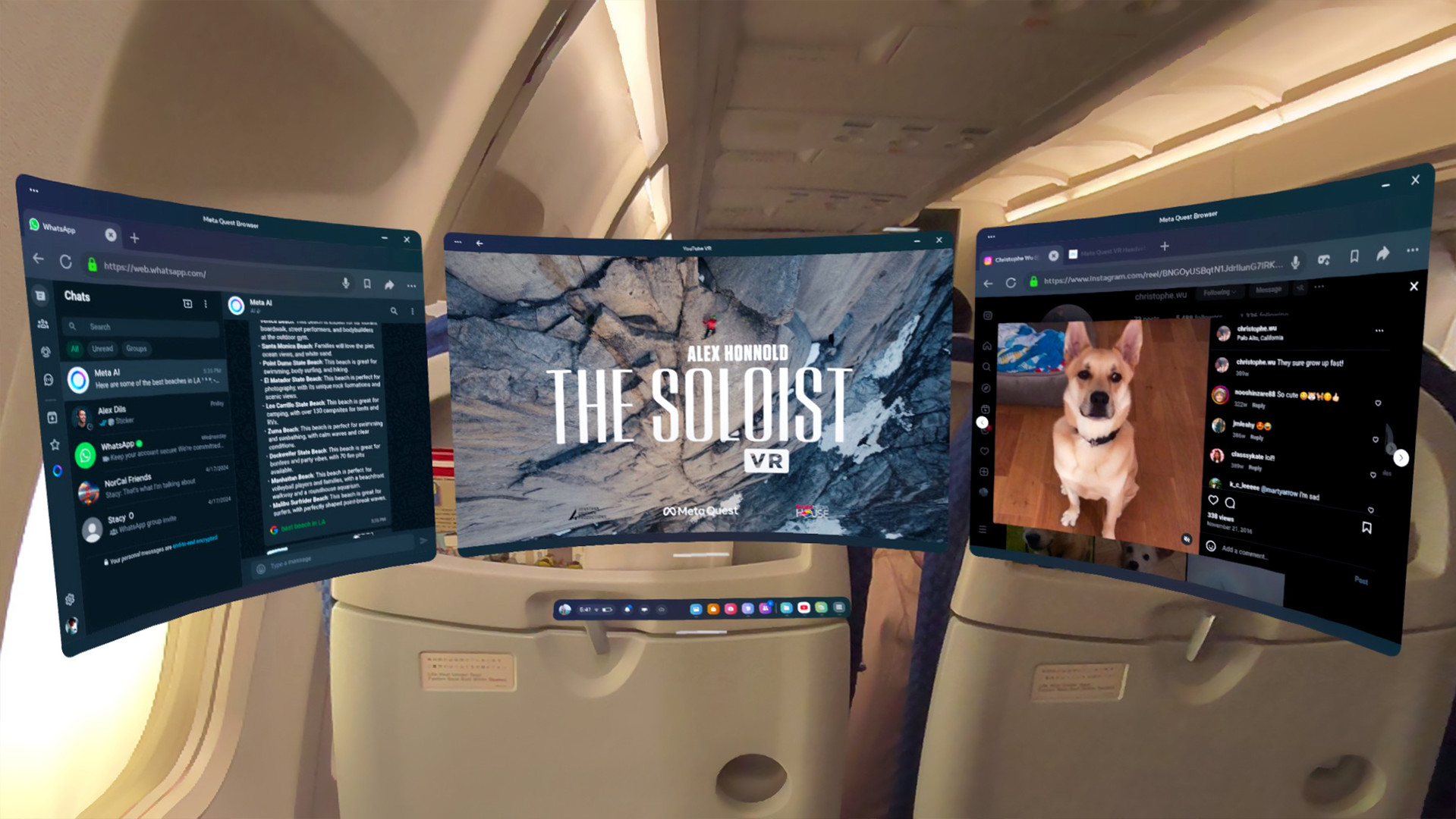
With these battery and space issues in mind it feels like a VR headset would be ideal for a shorter (sub-four-hour journey) where you’re struggling for baggage space across the hold and cabin so carrying the headset wouldn’t be a problem.
I should also note that I was flying in Virgin Atlantic's premium economy section, rather than standard economy, and the only seat next to me was vacant. Moreover, I was sitting at the front of the section, in a seat with extra leg room, so I had plenty of space to move around.
In a more tightly packed economy seat I could see my arm movements being annoying to any stranger unlucky enough to be sitting next to me, making VR way too impractical (and risky) to be viable outside of more premium classes. Mixed reality would be more practical, but it’s also more of a battery sink, as I discovered.
Despite these issues I could see how close the Meta Quest 3 is to greatness, and how the in-flight experience could be improved with a few upgrades.

More subtle motion controls (like those the Apple Vision Pro uses) would eliminate the risk of whacking an innocent passenger with my arm flails.
A bigger in built battery would be ideal too, as would a simpler way to find and download movies to the headset.
The big-screen movie experience, especially with a 3D movie, was truly fantastic, and it just serves to highlight why Meta and others must do more to improve this aspect of VR as finding even one 3D movie was a major hassle.
And using the headset, even in mixed reality, helped me forget I was on a flight. I'm not an especially nervous flier, but I'll admit to feeling a little tense while in the air, and that tension was noticeably absent when using my Quest 3.
So while I won't be taking my Meta headset on my next long-haul flight, I can see a future where it becomes my go-to travel gadget. For now, though, it'll be staying at home, and I'll take my AR glasses instead.























































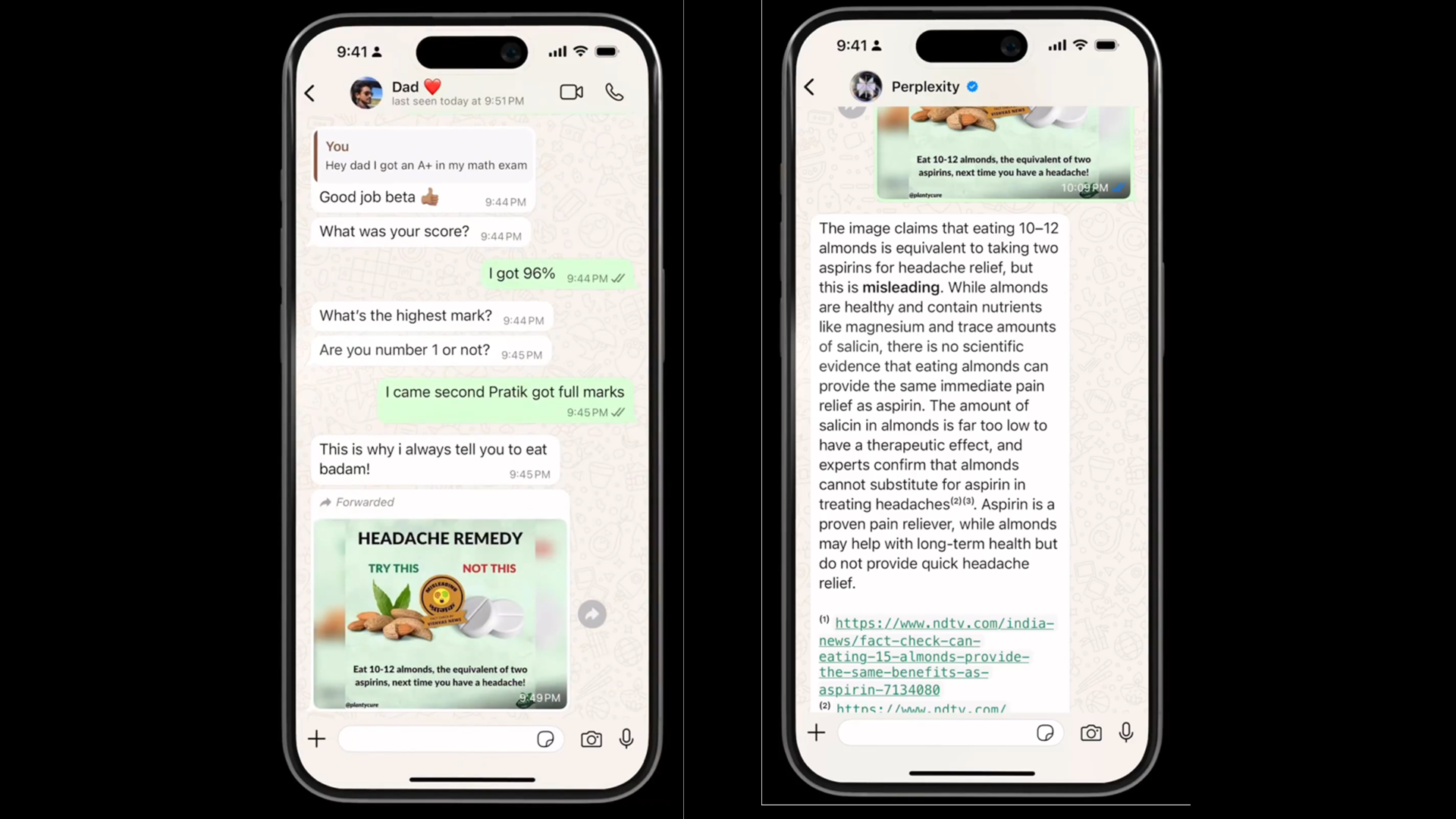
















![Apple Developing AI 'Vibe-Coding' Assistant for Xcode With Anthropic [Report]](https://www.iclarified.com/images/news/97200/97200/97200-640.jpg)
![Apple's New Ads Spotlight Apple Watch for Kids [Video]](https://www.iclarified.com/images/news/97197/97197/97197-640.jpg)

























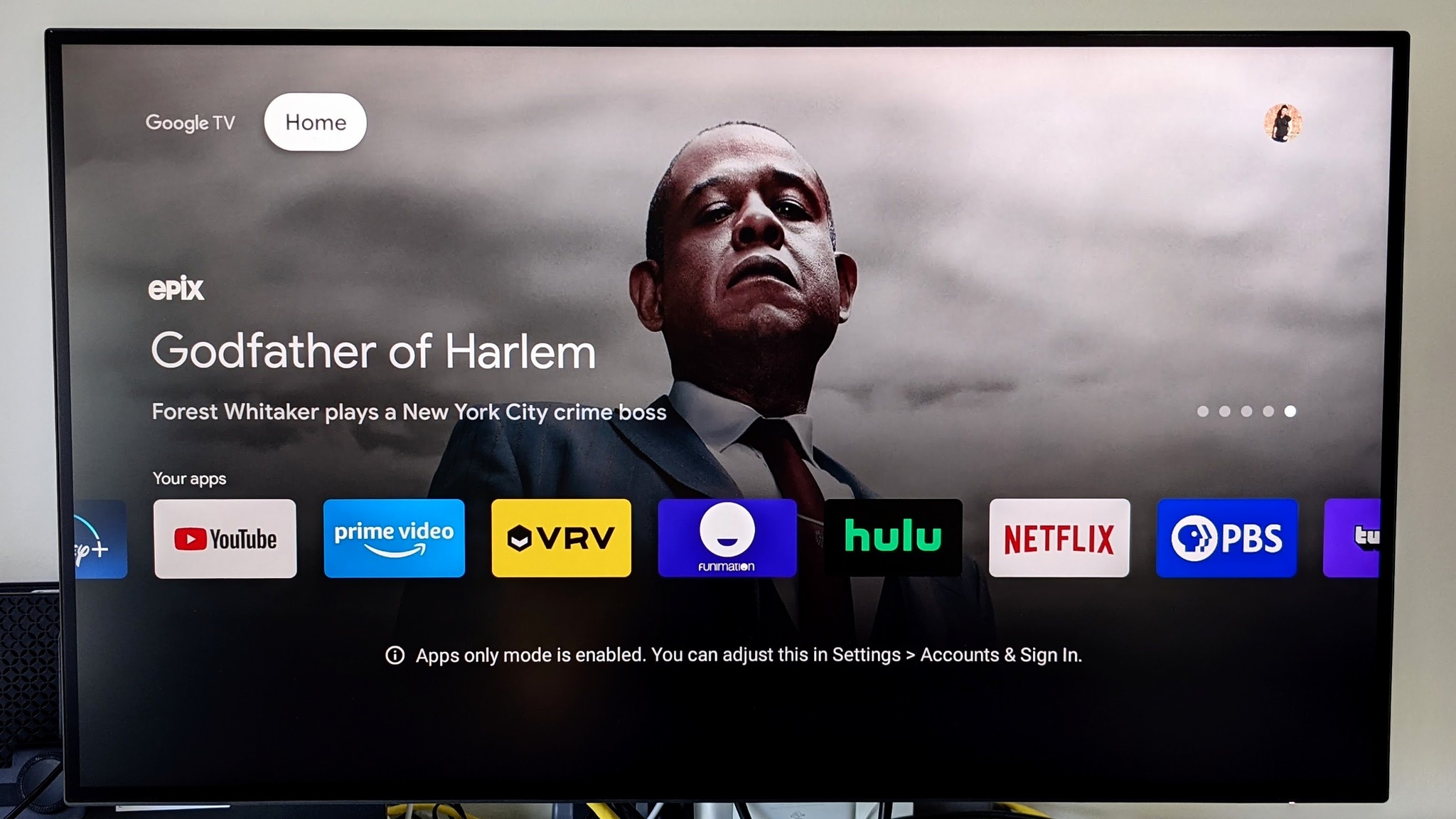













































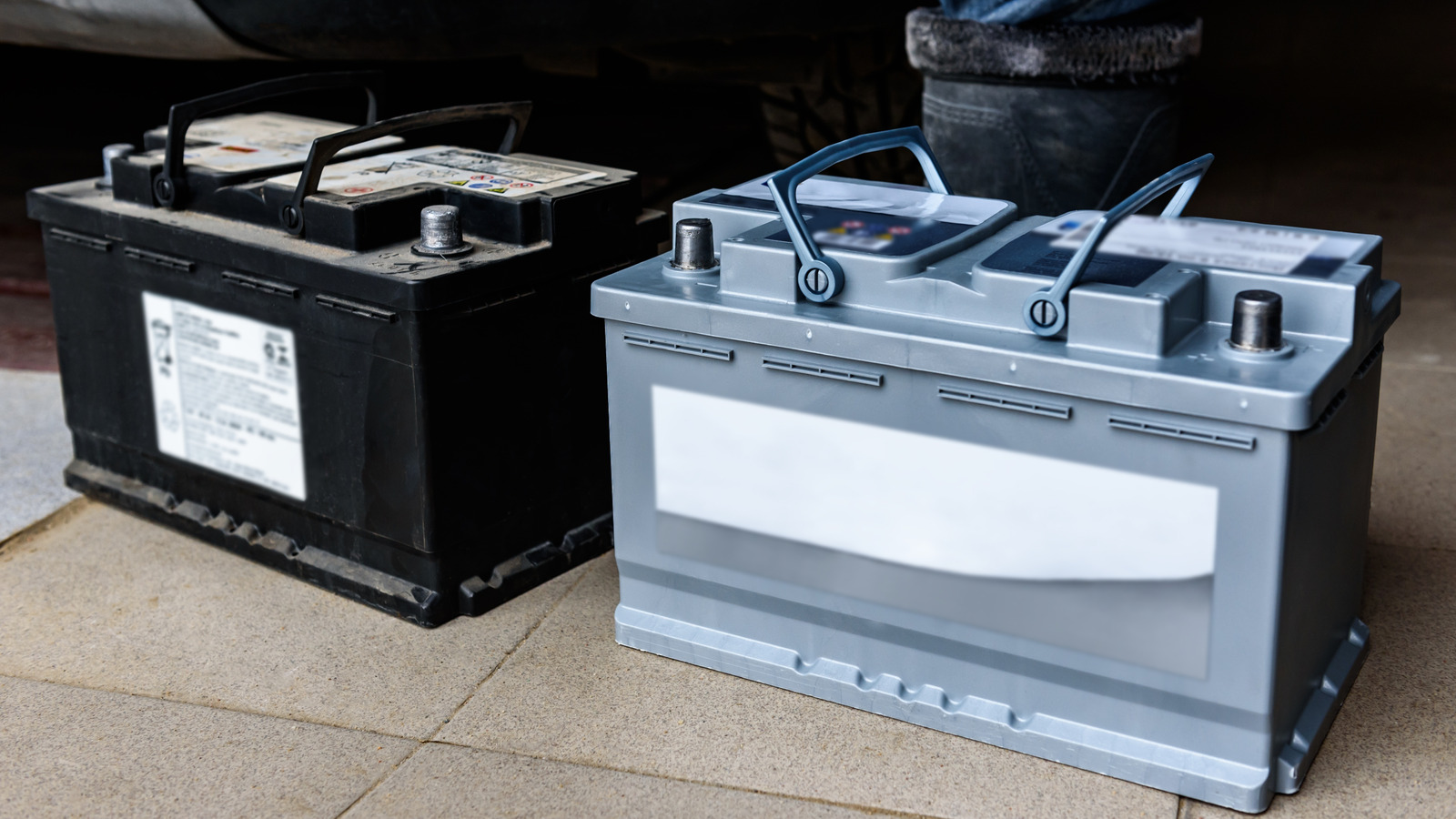







































_Inge_Johnsson-Alamy.jpg?width=1280&auto=webp&quality=80&disable=upscale#)



























































































































![[The AI Show Episode 145]: OpenAI Releases o3 and o4-mini, AI Is Causing “Quiet Layoffs,” Executive Order on Youth AI Education & GPT-4o’s Controversial Update](https://www.marketingaiinstitute.com/hubfs/ep%20145%20cover.png)


















































































































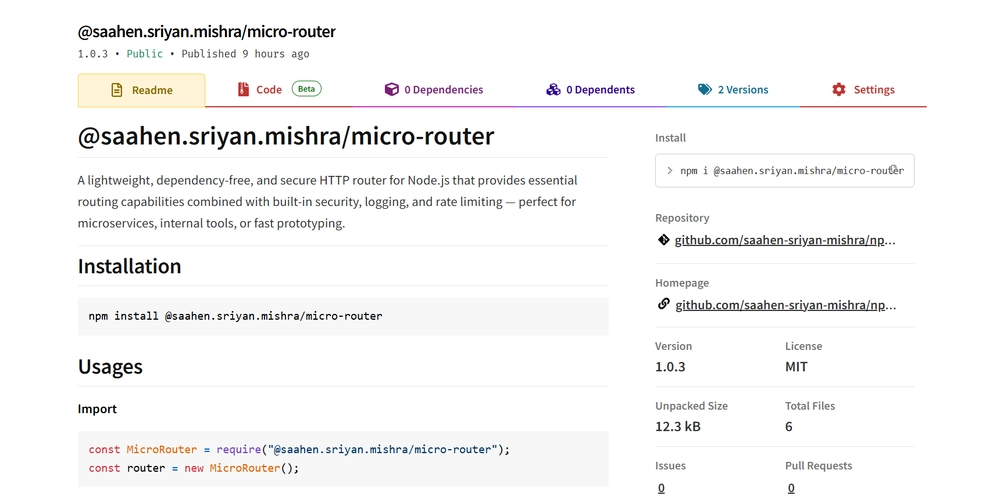











































![From Art School Drop-out to Microsoft Engineer with Shashi Lo [Podcast #170]](https://cdn.hashnode.com/res/hashnode/image/upload/v1746203291209/439bf16b-c820-4fe8-b69e-94d80533b2df.png?#)






































































































